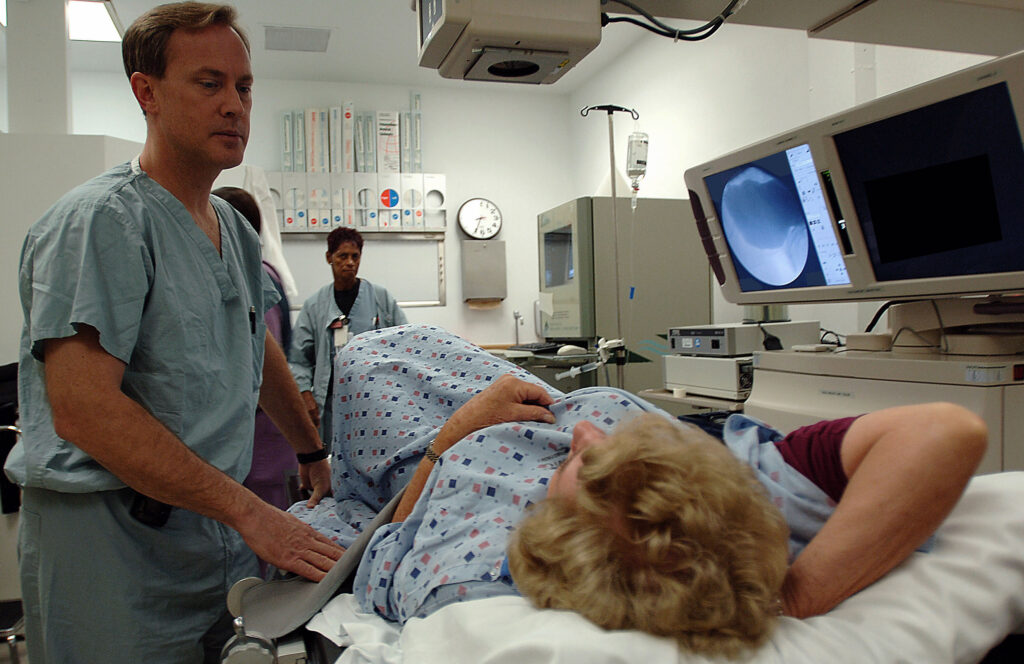Pros and Cons of Bladder Botox
HOW DOES BOTOX WORK FOR BLADDER CONTROL?
Botox, made of botulinum toxin, blocks nerve signals sent from your muscles that tell them when to tighten (contract). While commonly used cosmetically, this toxin also uses to treat bladder disorders – in 2013 even being approved by FDA as treatment to control these issues!
As soon as an overactive bladder sets in, your bladder muscle may spasm without notice causing urine leakage or the urge to urinate frequently which could disrupt sleep patterns and disrupt normal daily living activities. If this continues, sleep problems could develop.
Botox injection will prevent bladder contraction quickly and painlessly; with minimal downtime.
Pros and Cons of Bladder Botox
Botox injections have proven an effective means of relieving bladder spasms that lead to urinary incontinence in 75% of users; 75% reported decreased symptoms as well as improved quality of life following this therapy.
- Botox injections can be an excellent way to help improve bladder functionality.
- Control Your Bladder Without Leakage
- Reduce toilet trips throughout the night and day
- Trustworthiness in public situations
- Sleep well by improving sleep.
- Reducing the use of pads and briefs as treatment for urinary incontinence.
- There are no known side effects or daily medications.
As Botox treatments need to be repeated every year for maximum effect, its effects may also decrease with time. Some individuals may also have trouble completely emptying their bladder after receiving Botox; therefore leaving some urine behind. In order to dispose of larger quantities, catheterization may be needed instead.
PATIENT CRITERIA FOR BLADDER BOTOX INJECTIONS
While injections of Botox may not be the ideal treatment option for an overactive bladder, medical providers often start off by prescribing medication and lifestyle modifications first as the way forward. If these initial methods don’t reduce urine leakage or your bladder is overactive enough that Botox injections become an option; candidates for Botox injections typically include people experiencing:
Urination is an instinctual urge that you simply can’t resist, occurring eight or more times each day and two or more nights each week when waking up during the night to go urinate. We will first ensure your bladder is not infected before beginning Botox treatments – we will perform both a urine culture and urinalysis several weeks in advance of starting treatments.

WHAT TO EXPECT DURING A BLADDER BOTOX PROCEDURE
Our clinic can complete this treatment quickly in approximately an hour, although you may experience blood in your urine afterwards and need time for recovery before returning to daily activities as usual.What Is the Procedure for Botox Injecting in My Bladder?
Your urologist will use a small device called a systescope – an instrument used to drain urine – through the urethra to inject between 100 to 300 Botox units directly into muscles that line your bladder walls using the cystoscope, depending on what amount is determined by diagnosis and your specific circumstances. Appointments usually last an hour while injection usually only requires five minutes!Anesthesia for Bladder Botox Prior to your procedure, your surgeon will administer local anesthetic (numbing agent). This ensures you won’t feel any discomfort from it.
Patients have the option of receiving their procedure under anesthetic; you and your urologist can discuss which approach will be most suitable.
BLADDER BOTOX SIDE EFFECTS
You should no longer experience bladder pain after treatment with Botox; however, upon the initial urination you might feel some minor discomfort which should dissipate within several days – in extreme cases there could be bloody urine present as well.Urinary tract infections (UTIs), commonly associated with injections, are an increasing problem. If there is risk for infection following injection, your urologist will likely recommend antibiotics as preventative measure to safeguard you against potential problems.
